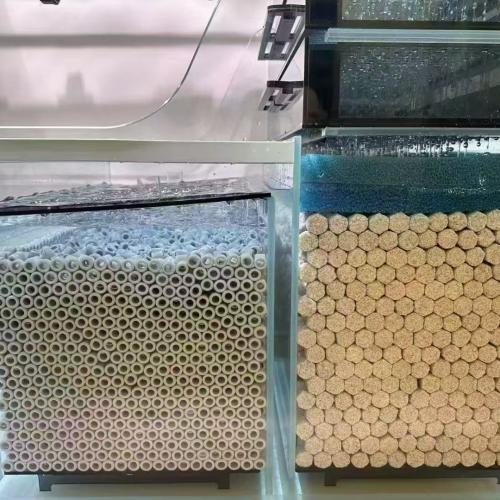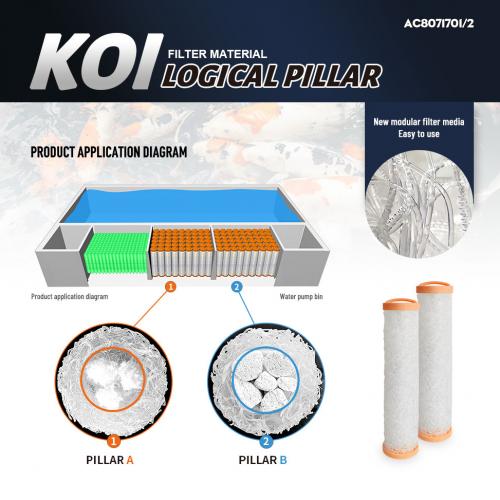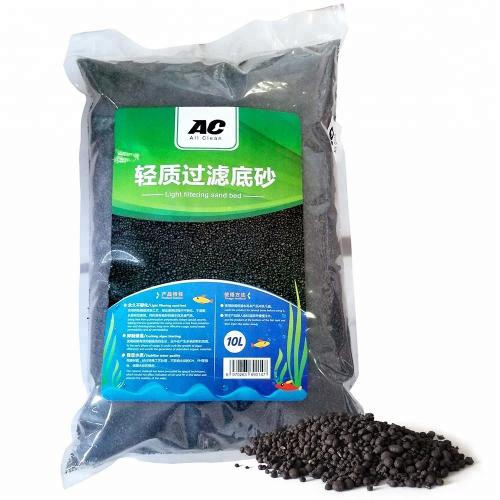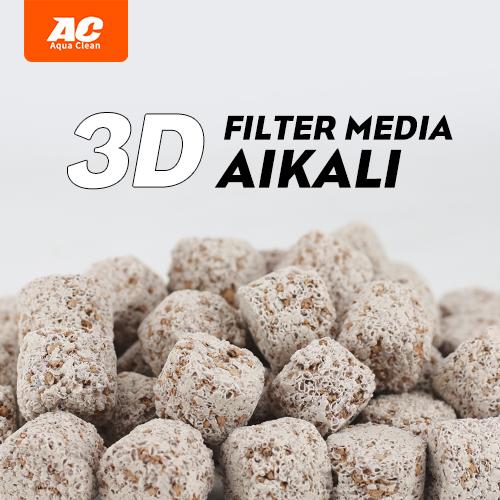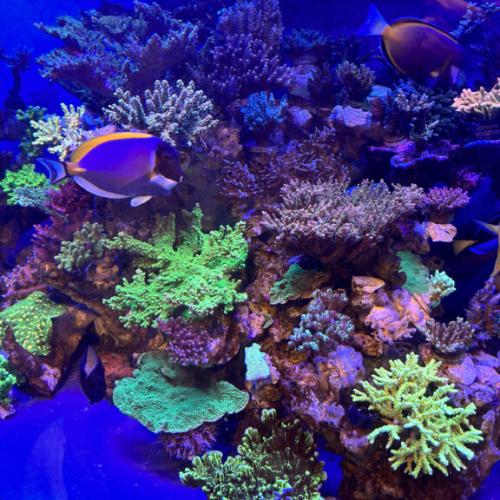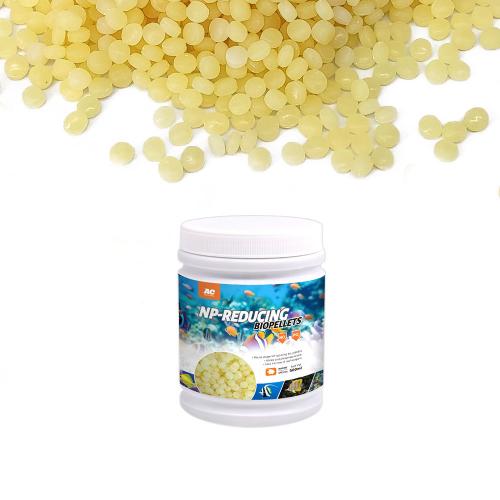No Water Changes! Guide to Building a Low-Maintenance Eco-Aquarium
Update time: 25-06-25 Views: 187
In the field of aquarium keeping, constructing a low-maintenance eco-aquarium that requires minimal water changes is a goal for many enthusiasts. This article delves into the principle of anaerobic denitrification to explain how to create an environment with "external aerobic zones + internal anaerobic zones" to reduce nitrate levels, leveraging the premium filter media from AC Aqua Clean.
I. The Denitrification Principle: Core of Eco-Aquarium Self-Purification
In an eco-aquarium, organic matter such as fish excrement and uneaten food decomposes to produce ammonia nitrogen (NH3/NH4+). Aerobic bacteria convert ammonia nitrogen to nitrite (NO2-), which is further transformed into nitrate (NO3-) by aerobic nitrifying bacteria. While nitrate is less toxic, excessive accumulation harms aquatic life. Denitrification, driven by anaerobic bacteria, converts nitrate into nitrogen gas (N2) released into the air, closing the nitrogen cycle and reducing water nitrate levels.
Denitrification requires specific conditions: anoxic or anaerobic environments. In an eco-aquarium, we can design filter media structures to create microenvironments with "external aerobic zones + internal anaerobic zones," allowing different bacteria to collaborate in nitrogen conversion.
II. Key Filter Media for Building "External Aerobic Zones + Internal Anaerobic Zones"
(A) External Aerobic Zones: Ideal Habitat for Nitrifying Bacteria
Aerobic zones need abundant oxygen and large surface areas to support nitrifying bacteria. AC Aqua Clean’s 3D Filter Media series is perfect for this purpose.
Take 3D Filter Media Plus as an example. Its unique hexagonal design and three-dimensional porous structure form a continuous micro-tunnel network, providing vast colonization space for billions of beneficial bacteria. This structure not only increases surface area but also promotes water circulation, ensuring oxygen reaches all corners and reducing clogging.
3D Filter Media Plus uses advanced foaming technology for higher porosity and stronger bacterial cultivation ability. Compared to ordinary 3D media, it achieves a 32% increase in ammonia nitrogen removal capacity, rapidly converting ammonia and nitrite to nitrate. Its pH-neutral property maintains stable water quality, creating an optimal habitat for nitrifying bacteria.
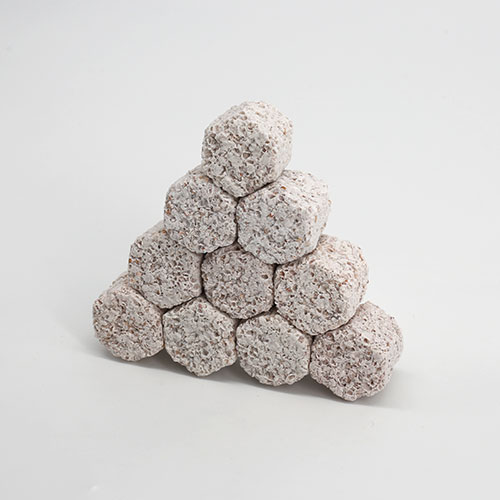
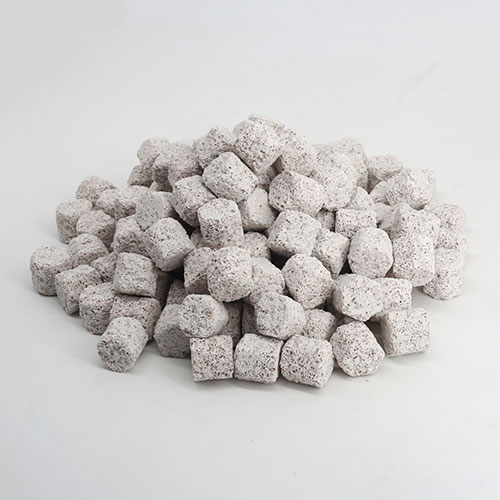
(B) Internal Anaerobic Zones: Hidden Paradise for Denitrifying Bacteria
Anaerobic zones require oxygen-deprived environments, and AC Aqua Clean’s Hollow Bio Beads excel in this role with their unique hollow design.
The hollow cavity of Hollow Bio Beads creates an oxygen concentration gradient, with lower oxygen levels inside with the anaerobic conditions for denitrifying bacteria. This structure accelerates the growth and reproduction of anaerobic denitrifying bacteria, speeding up nitrate conversion. Additionally, Hollow Bio Beads feature abundant nano and micro-nano pores, offering enormous surface area for bacterial colonization.
This patented product (obtained in 2013) consists of porous materials that adsorb harmful ions and small-molecule organics, further purifying water. Tests show that using Hollow Bio Beads significantly reduces nitrate levels in a short time, effectively regulating the nitrogen cycle in eco-aquariums.
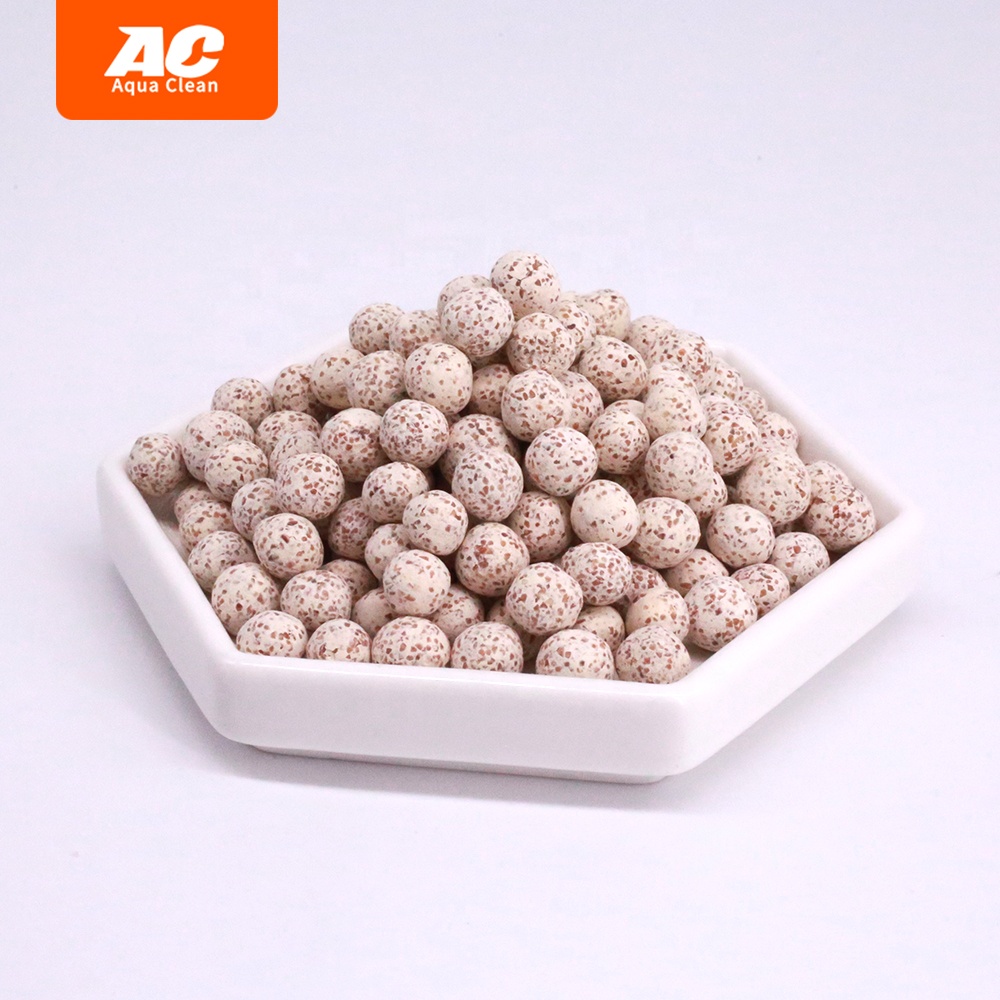
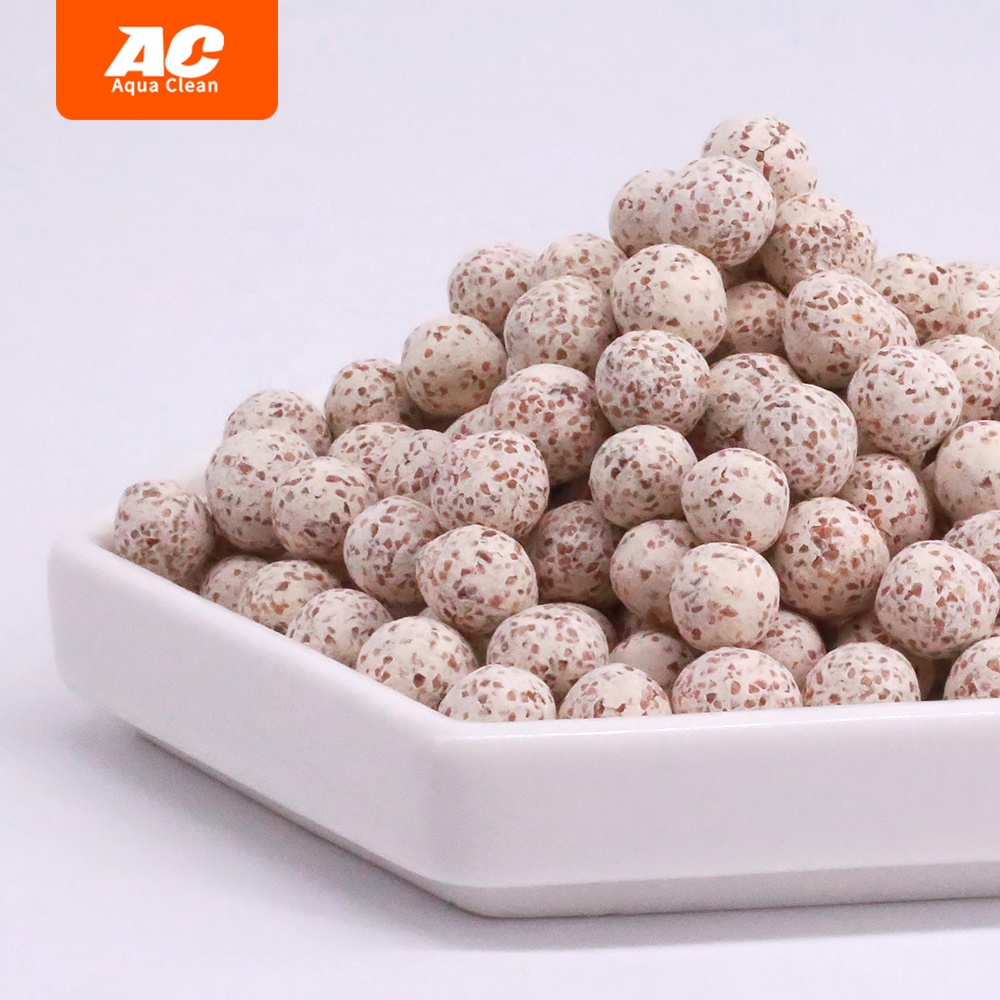
III. Steps to Build a Low-Maintenance Eco-Aquarium
(A) Selection and Matching of Filter Media
1. Bottom Layer: Lay a layer of Hollow Bio Beads at the bottom of the filtration system. Their hollow structure forms the anaerobic zone for denitrification, effectively reducing nitrate. For every 100 liters of water, use 5–10 liters of Hollow Bio Beads.
2. Middle Layer: Fill the space above Hollow Bio Beads with 3D Filter Media Plus. As the aerobic zone, this layer provides sufficient oxygen and growth space for nitrifying bacteria, ensuring timely conversion of ammonia and nitrite to nitrate. The recommended ratio of 3D Filter Media Plus to Hollow Bio Beads is 1:1.
3. Top Layer: Cover 3D Filter Media Plus with Activated Zeolite Balls. Zeolite balls rapidly remove ammonia and nitrite through strong adsorption and protect the nitrification system from damage during Filter Cotton cleaning or replacement.
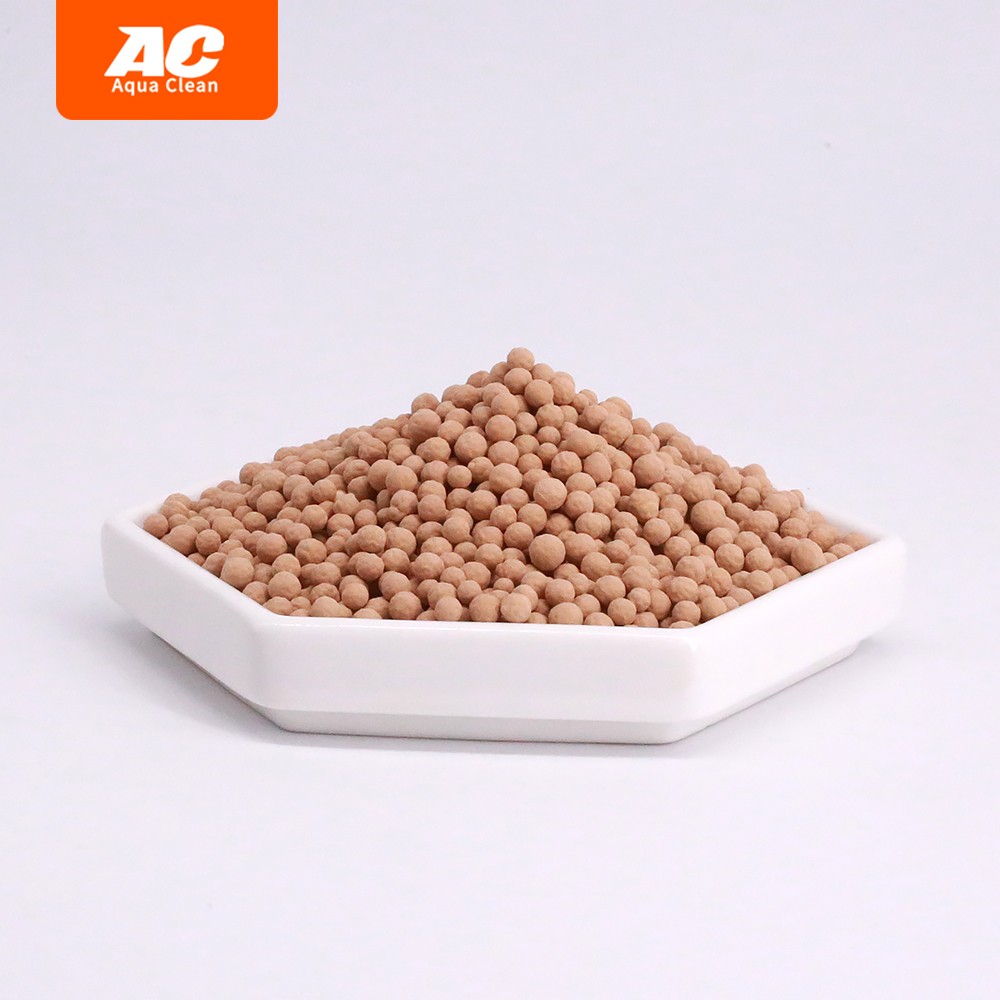
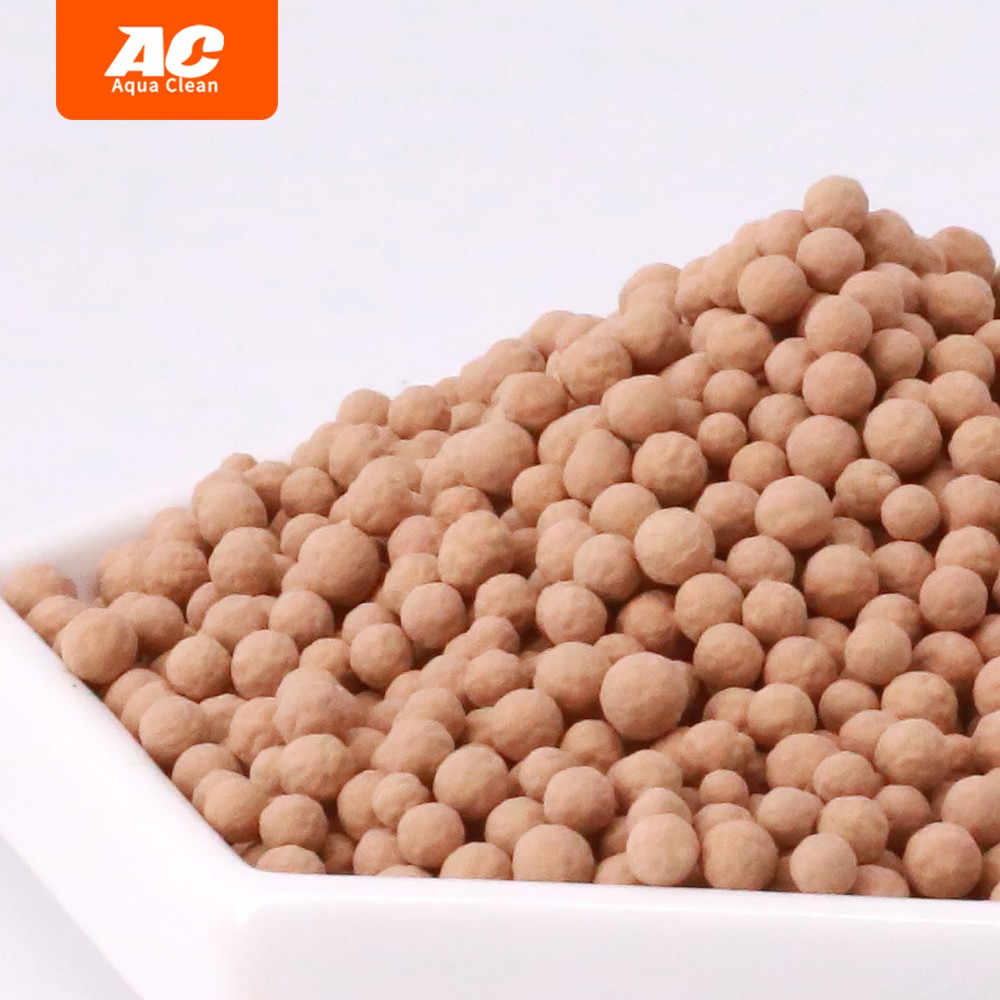
(B) Design of the Filtration System
To ensure uniform water flow through all filter media layers, use a bottom filtration or trickle filtration system. Bottom filtration pushes water upward, fully contacting the anaerobic zone of Hollow Bio Beads and the aerobic zone of 3D Filter Media Plus. Trickle filtration increases dissolved oxygen via dripping water, enhancing aerobic zone performance.
(C) Establishment of the Ecosystem
1. Initial Setup: Add a suitable amount of nitrifying bacteria and control fish stocking density to avoid high ammonia and nitrite levels. Regularly test water quality during this phase.
2. Introduction of Organisms: Gradually introduce fish and other aquatic life once water quality stabilizes. Avoid overstocking to prevent exceeding the aquarium’s carrying capacity.
3. Plant Collaboration: Cultivate aquatic plants like waterweed and duckweed, which absorb nitrates and other nutrients, further reducing water nutrient levels while providing shelter for fish.
IV. Routine Management of Low-Maintenance Eco-Aquariums
(A) Water Quality Monitoring
Regularly test water pH, ammonia, nitrite, and nitrate levels. While AC Aqua Clean’s filter media stabilize water quality, monitoring ensures early issue detection. Weekly testing is recommended.
(B) Cleaning and Replacement of Filter Media
AC Aqua Clean’s filter media feature long service life and low maintenance needs. The replacement interval of 3D Filter Media Plus is 50% longer than ordinary media, reducing replacement frequency. In routine maintenance, simply clean the surface Filter Cotton to remove large particles. Replace partial media only when filtration efficiency significantly declines.
(C) Other Maintenance Measures
1. Regular Water Top-Up: Replenish dechlorinated water periodically to maintain water level due to evaporation.
2. Algae Control: If algae overgrow, reduce light exposure or increase aquatic plant density to inhibit algae.
3. Avoid Overfeeding: Excessive feeding is a primary cause of water deterioration. Control feeding amounts to minimize uneaten food.
By leveraging AC Aqua Clean’s filter media to build microenvironments with "external aerobic zones + internal anaerobic zones" and integrating the denitrification principle, you can create a low-maintenance eco-aquarium that requires minimal water changes. This setup not only provides a stable, healthy habitat for aquatic life but also reduces maintenance efforts, allowing more time to enjoy the aquatic world.
For more information on AC Aqua Clean’s filter media, visit our official website: https://www.acaqua.com/ or refer to our product catalogue. Let’s use technological innovation to build your ideal low-maintenance eco-aquarium!
